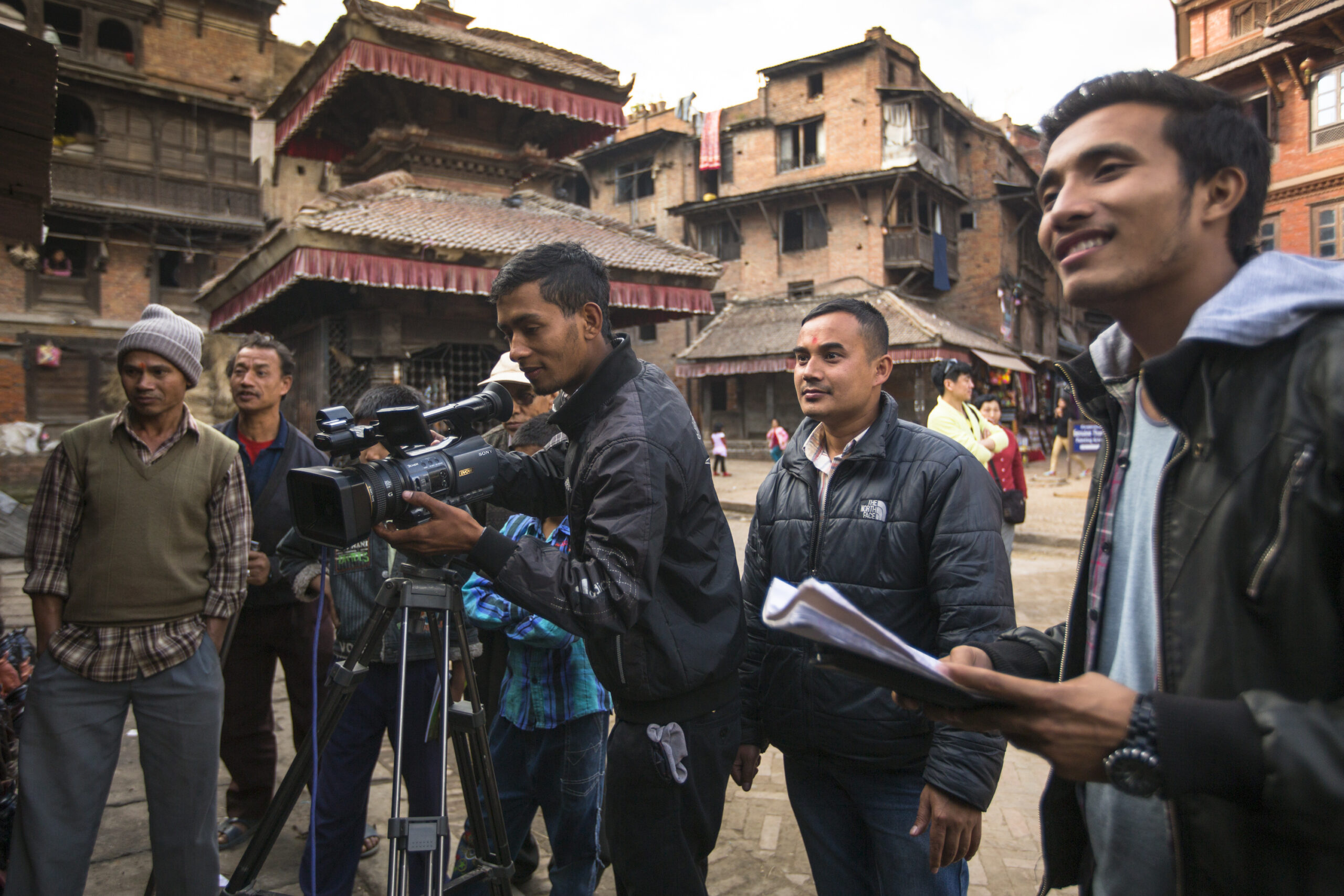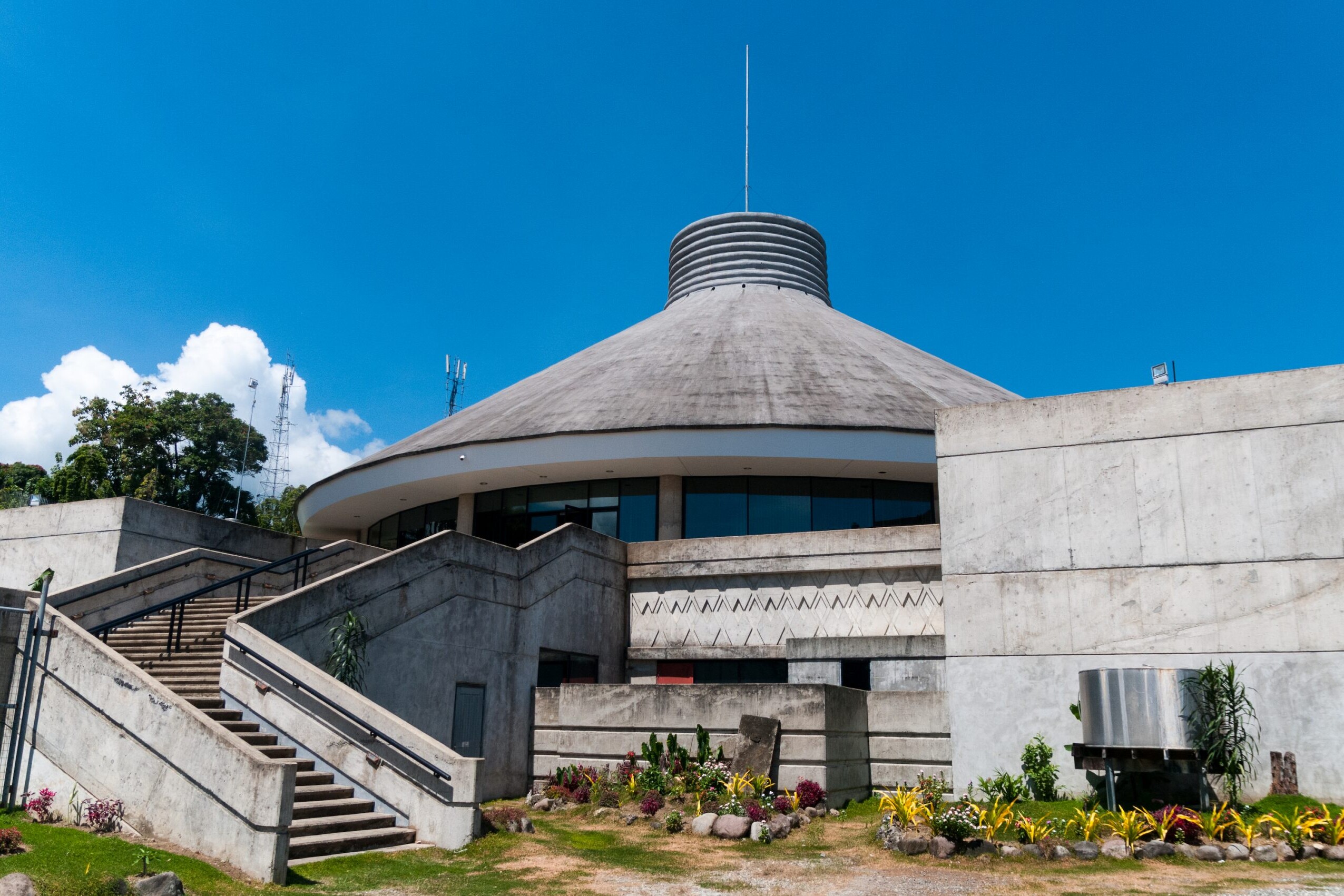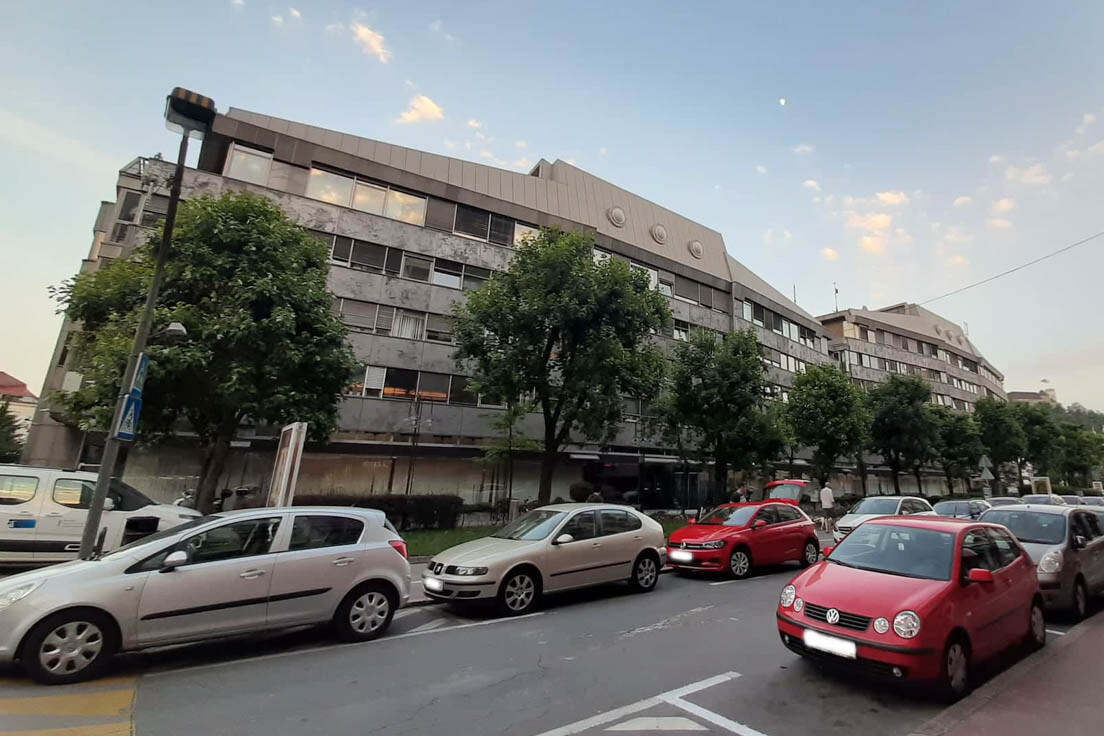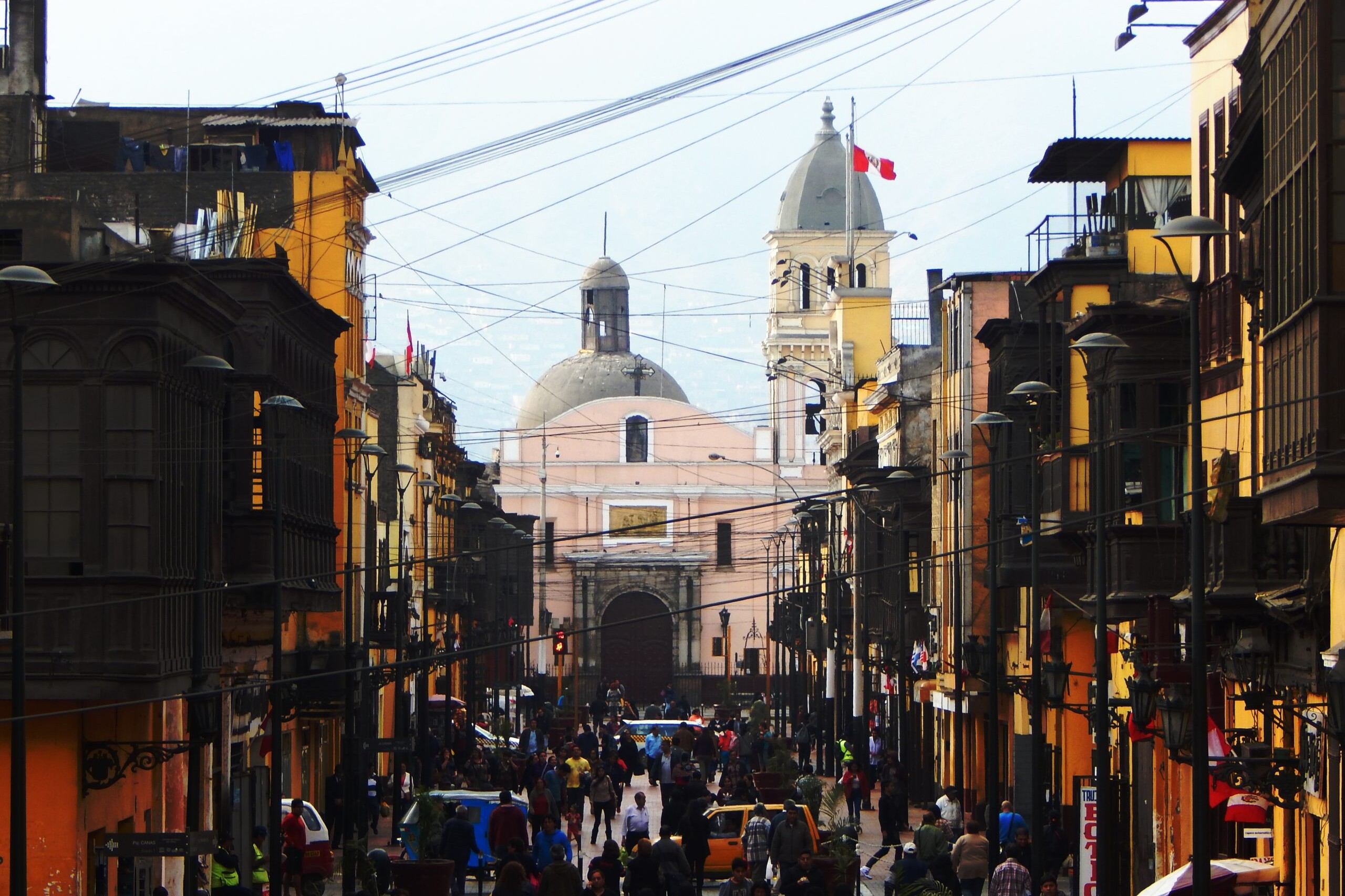Peru: New administration of IRTP accused of interference
13th July 2023
A slate of dismissals at Peru’s state broadcaster, IRTP, after a new controversial executive was appointed has led to accusations of interference.

By Sidra Asif
Concerns are being raised after a number of employees at the National Institute of Radio and Television of Peru (IRTP) have been forced out of the organisation, without explanation. It comes after new leadership for the organisation was appointed last month.
Recently, the renewal of work contracts of two journalists, Ximena Carrasco and Jorge Ballón, at Peru’s state broadcaster, the National Institute of Radio and Television of Peru (IRTP), was refused.
The rationale behind this move is unclear. Last April, Ms. Carrasco asked President Dina Boluarte a question that reportedly made her uncomfortable. Ms. Carrasco said she believed that this incident triggered her dismissal without any explanation. Meanwhile, for Mr. Ballón, looking back to find the reason of this unfair dismissal, he recounted the incident where reporters asked the Minister of Culture, Leslie Urteaga, a question about why reporters from TV Perú were stopped from entering the Government Palace to ask questions of President Boluarte.
On his statement, Mr. Ballón wrote from his Twitter account that “The State media belongs to all Peruvians and must maintain a sense of democracy and plurality”.
Desafortunadas declaraciones de la min. de cultura. Los medios del estado son de todos los peruanos y deben mantener el sentido democrático y de pluralidad. Los periodistas preguntamos y las autoridades tienen el deber de responder porque están sometidas al escrutinio ciudadano. https://t.co/gFkIfliOH0
— Jorge Ballón Artaza (@Lechucero33) June 5, 2023
According to El Comercio, over a dozen workers at IRTP have been forced out of there position. According to La República, in the case of seven workers who left IRTP, there was no explanation given to workers. This has all has happened one month after the appointment of Ninoska Chandia as Executive President of IRTP.
The controversial appointment of Ms. Chandia has also put the organisation’s editorial independence at risk. It was recalled by many publishers that Ms. Chandia was previously the Director of Strategic Communication and Institutional Image of the Presidency.
The Peruvian Press Council and the former president of IRTP, have both criticised the appointment.
“The state media must have strict independence from the government of the day,” the Press Council wrote in a statement. “These media provide a public service to citizens, who have the right to be informed impartially. The new executive president of the IRTP has a close professional closeness with President Dina Boluarte. For this organization, the independence of the channel and radio of all Peruvians is at risk because there is no guarantee of editorial independence of the IRTP regarding the government of Boluarte.”
Meanwhile, former IRTP president, Hugo Coya, described it as a “slap in the face for all IRTP workers.”
Listen toour podcast
Uncovering and exploring the biggest
issues facing public media
A backdrop of pressure on independent media
The Peru National Institute of Radio and Television (IRTP) is a state-owned national broadcaster and many questions have been raised on its independence. The IRTP is affiliated with the Ministry of Culture.
According to the State Media Monitor, the organisation is closely aligned to the government. “By naming the Board of Directors and with IRTP operating under the wing of the Ministry of Culture, the government exerts tight control over the editorial agenda of the media outlets run by IRTP.”
Meanwhile the organisation is struggling with trust. The recent Digital News Report by the Reuters Institute showed the percentage of people who trust in news from 2021-2023 has declined overall, as has trust in individual brands, with state-run media consistently registering some of the biggest losses.
“For this organisation, the independence of the channel and radio of all Peruvians is at risk.” – Peru Press Council
The recent layoffs at IRTP come amid a wider concern about the safety of journalists in Peru.
According to the Journalists’ Annual Report, there were 303 attacks on journalists and the media in 2022, the most number ever noted in this century. The National Association of Journalists of Peru shared there were 109 cases of threat and harassment, followed by 103 counts of physical and verbal aggression. Judicial intimidation and obstacles to access to information presented 28 incidents each. Journalists were also subjected to stigmatizing speeches, cyberattacks, arrests, labour damages, and two robberies were also registered.
Since the beginning of 2023, violations against the safe practice of journalism and threats to press freedom have also been reported. The impeachment of President Pedro Castillo led to a wave of violent protests and nearly daily attacks on the media has made 2023 the worst year for press freedom in Peru.
The last two decades of political turmoil in Peru have not only had an impact on the country’s political climate but have also resulted in a slow economic recovery and a general deterioration in the media industry and its operations.
The Public Media Alliance is concerned over the ongoing situation in IRTP. Amid a backdrop of increasing attacks on journalists, the efforts by a new highly-politicised administration to remove some members of staff indicates greater efforts to control the organisation. Declining levels of trust at IRTP is also of concern, but while the organisation continues to have strong links to the government, the public will not be able to trust the organisation is independent.
Related Posts
5th August 2022
PMA: Solomon Islands government must respect broadcaster’s independence
The government has ordered Solomon…
27th May 2022
RTV Slovenija staff strike for independence of public media
Employees of Slovenia’s public…
12th December 2019
Independence of Peruvian national broadcaster in spotlight
Forced resignation of IRTP boss puts…




